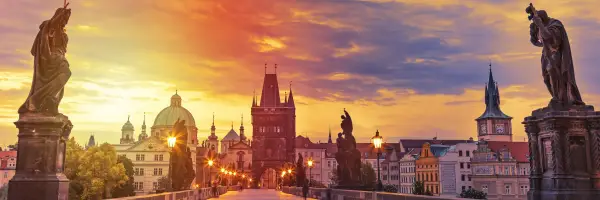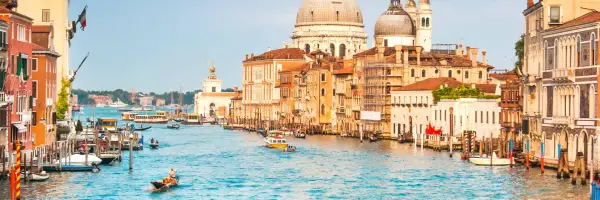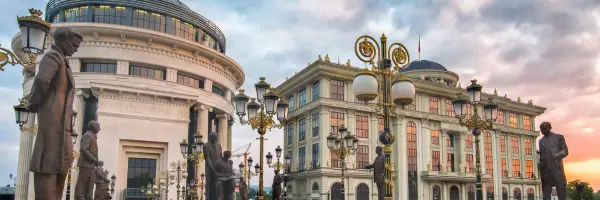Small Group Experiential Travel
18
Maximum Travellers
per Group
per Group
+220
Small Group Tours in 163 Countries
38
Years of
Experience
Experience
4.6/5
On Feefo
EXPLORE EUROPE
Destinations in Europe
About Europe
The sheer volume of attractions in Europe makes it one of the most amazing places to explore. From the Renaissance art of Florence and timeless ruins of Athens to the ice-clad mountains of Switzerland, this continent offers endless options for exploring.
Tour the Nordic Countries and take in the other-wordly beauty found along the Baltic Sea. Ponder ancient history while venturing through ancient structures along the Meditteranean. Or delve into the natural beauty and rich culture of Spain and Portugal. And on a small group tour of Europe, you’ll have a chance to experience both the must-see highlights and some of the lesser-known attractions.
Tour the Nordic Countries and take in the other-wordly beauty found along the Baltic Sea. Ponder ancient history while venturing through ancient structures along the Meditteranean. Or delve into the natural beauty and rich culture of Spain and Portugal. And on a small group tour of Europe, you’ll have a chance to experience both the must-see highlights and some of the lesser-known attractions.
Our leaders exude professionalism, knowledge, and enthusiasm.
Tour Leaders for Europe Tours
Frequently Asked Questions
- When is the best time to visit Europe?Europe is a big continent and the weather varies significantly. For example, in parts of Western Europe, the winter months (Nov-Feb) can bring significant snowfall. Whereas the summer (May-Sept.) is typically quite warm.
In Central Europe, the best time to visit is typically from April to June and from September to November. This is when the weather is mild and the volume of tourists is relatively low.
If you’re considering a trip to Eastern Europe, between May and June or between September and October are typically good times to travel. The top tourist attractions aren’t as busy, but the weather is generally warm. - What countries are in Europe?There are 44 countries in Europe, although some of them are considered transcontinental because their borders span two continents. Europe is often considered to have three main distinct regions. Here are some of the countries most popular with travellers:
Western Europe: France, Austria, Belgium, Czech Republic, Germany, Ireland, Liechtenstein, Luxembourg, Monaco, Netherlands, Switzerland and the United Kingdom.
Central Europe: Germany, Poland, Austria, Croatia, the Czech Republic, Hungary, Serbia, Slovakia, and Slovenia.
Eastern Europe: Belarus, Bulgaria, Czech Republic, Hungary, Moldova, Poland, Romania, Russia, Slovakia, Ukraine.





